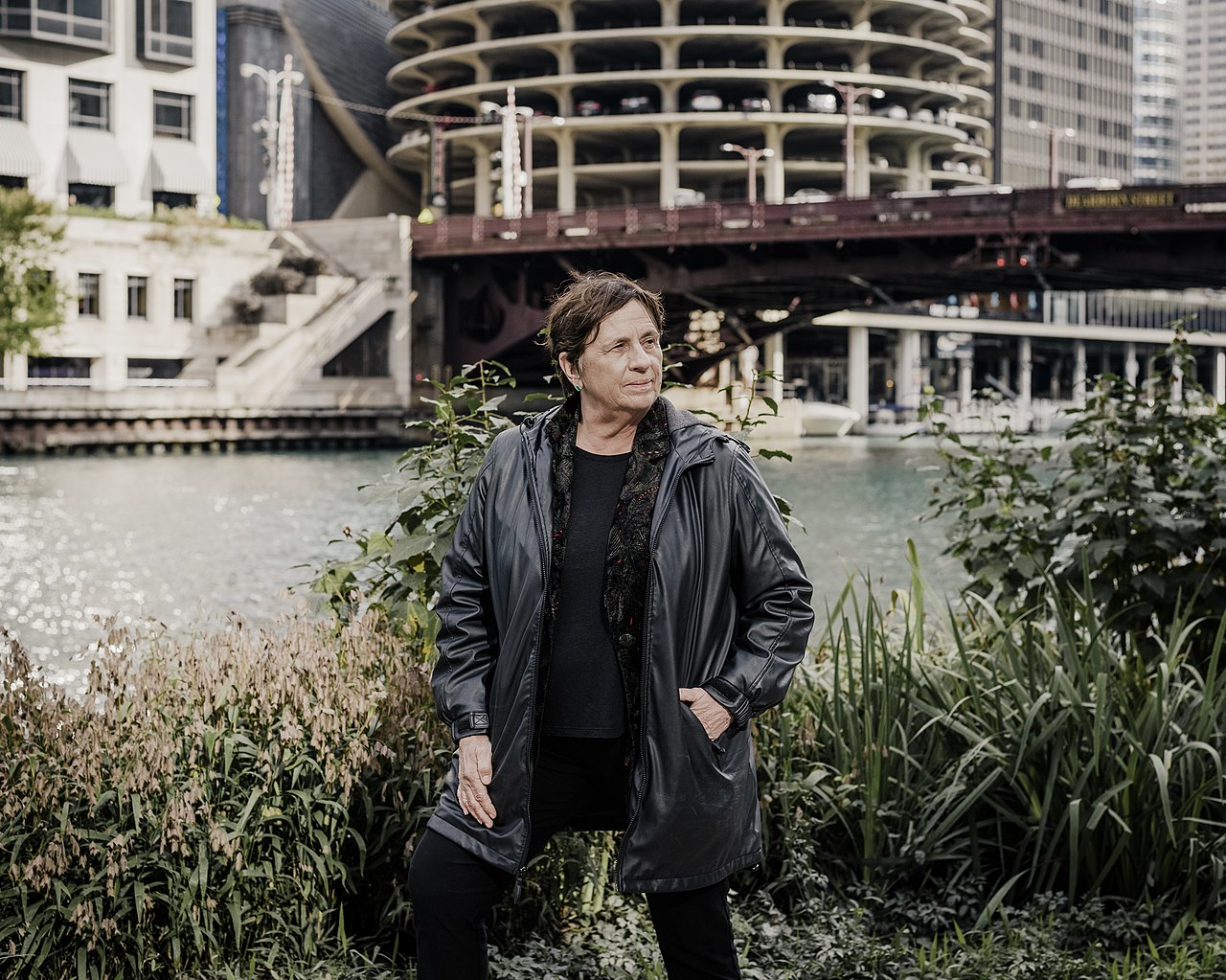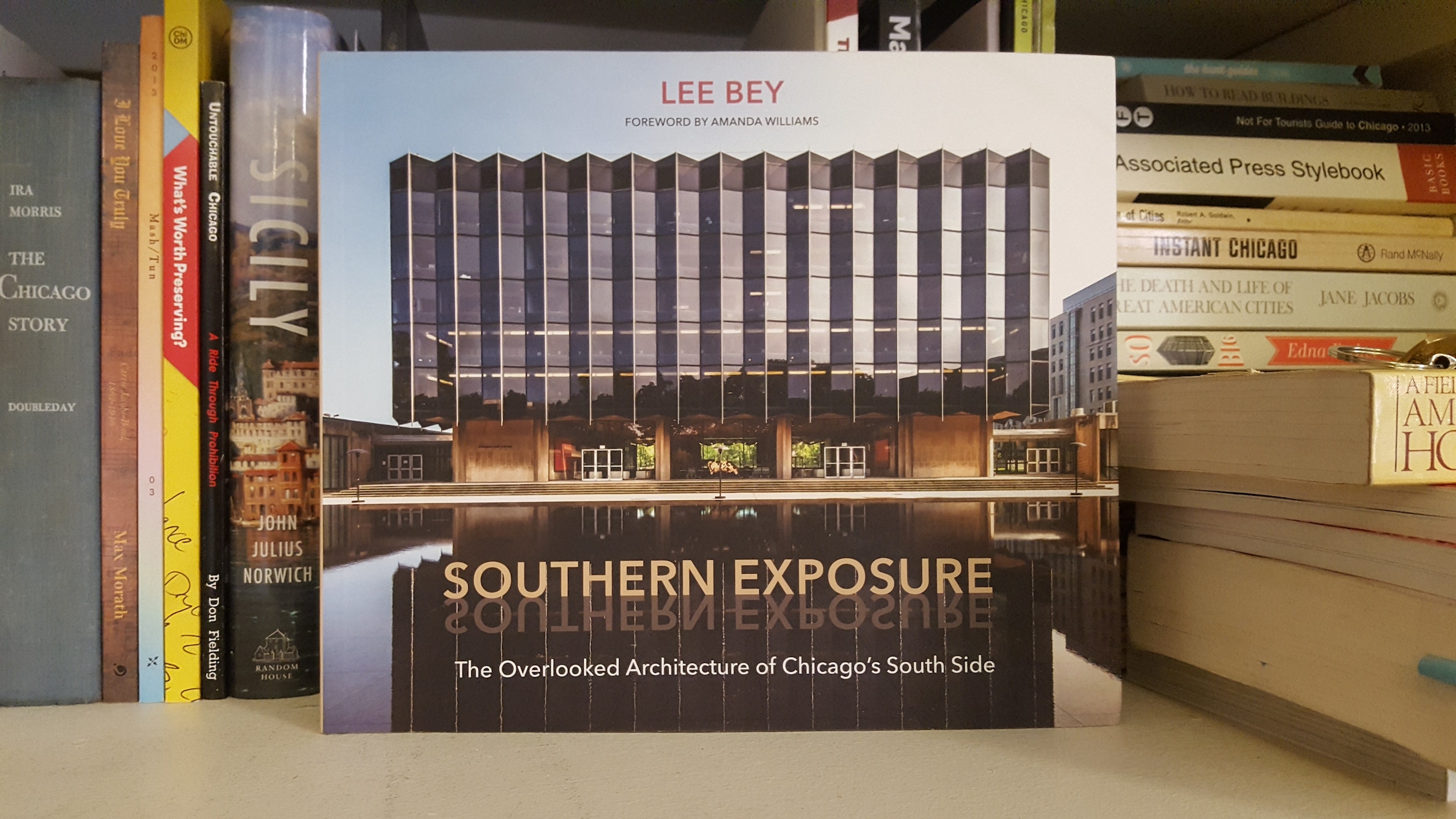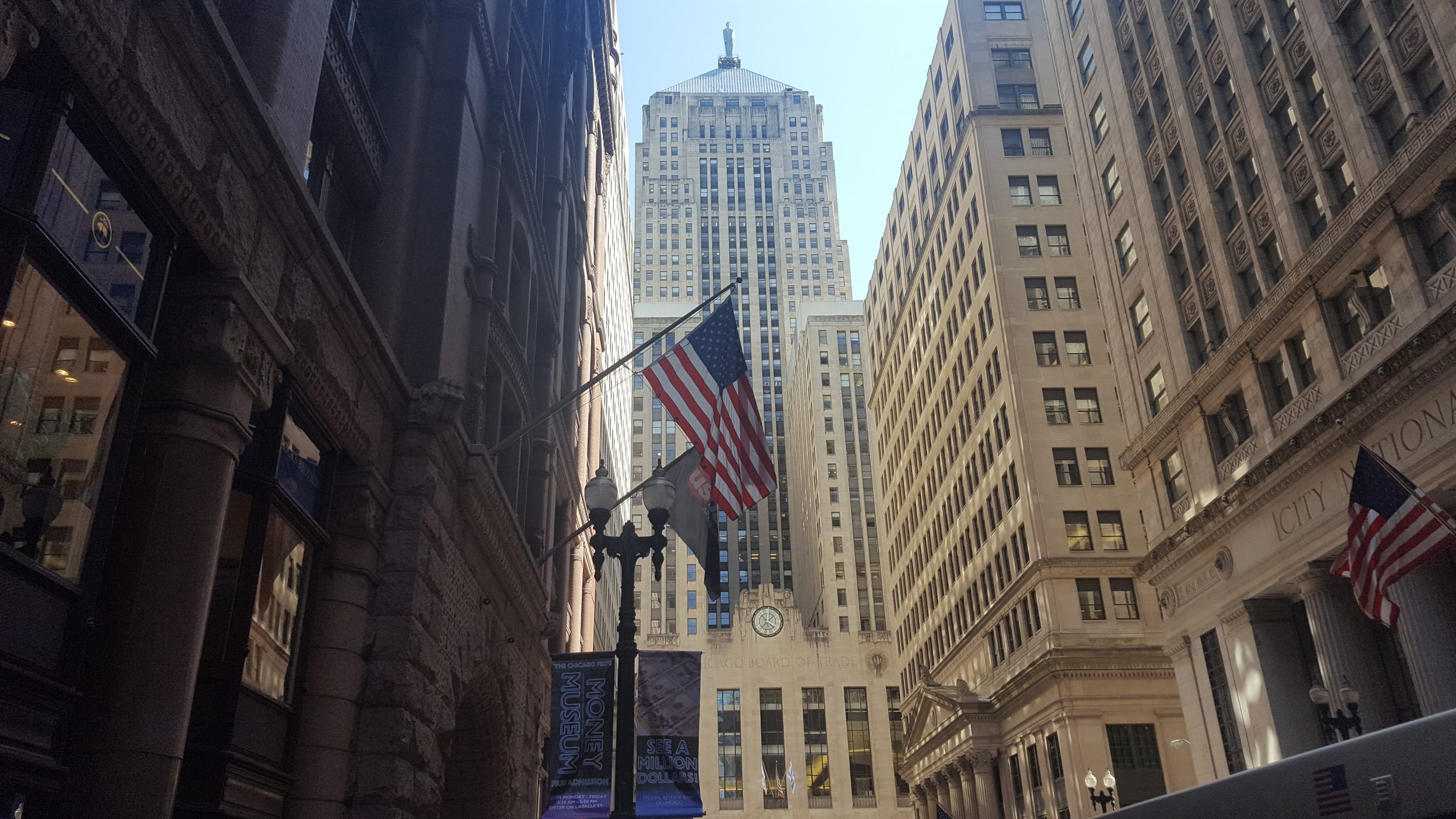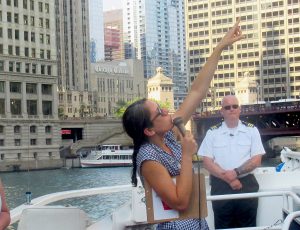Printers Row, a section of the South Loop with historic architecture related to the printing industry, will become the most dangerous part of Chicago this weekend for book lovers. The neighborhood is hosting the 34th Annual Printers Row Lit Fest. Here I have made a brief guide of some of the Printers Row architecture highlights you can see interspersed among all the festival activities.
To give a little background first on the festival, the sidewalks of Dearborn Street will be filled with countless books for sale from dozens of vendors. The Printers Row Lit Fest festival also features guest speakers and child-oriented games and activities. Lit Fest presents a profound threat to the wallets of people like myself: bibliophiles known to make impulse book purchases.

A celebration of all things written via the Annual Printers Row Lit Fest is especially appropriate for Printers Row. The publishing industry dominated this neighborhood in its heyday, which was about a century ago. Despite many businesses having departed, the area retains fascinating architectural hints to this vanished chapter of Chicago history. (It’s also just a few blocks from where our 1893 World’s Fair and Loop Interior Architecture Walking Tours begin – hint hint.)
Linotype Building
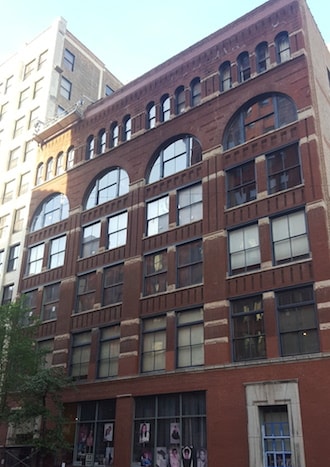
As Adam Morgan wrote in the Chicago Review of Books, this is “the most important building in the history of the printing press.” You’ll find this historic Printers Row building on 531 S. Plymouth. Linotype is the 19th-century invention which enabled modern printing. I’d try to explain how it works, but frankly, you’d need to ask my engineer of a brother-in-law. The details are too mechanical for my humanities-inclined brain. The linotype eclipsed the hand-setting method that good old Johannes Gutenberg had invented 450 years prior.
The beautiful building was constructed to house the Mergenthaler Linotype Company, started by the Linotype’s inventor, in 1886. The heavy Romanesque masonry walls supported the cumbersome printing apparatuses. Look at the top for the arched windows. Huge windows, which face onto both Dearborn and Plymouth Court, illuminate what are today interior residential lofts. The building was converted to loft apartments in 1980. One imagines that those huge windows are a great selling point to residents.
The New and Old Franklin Buildings
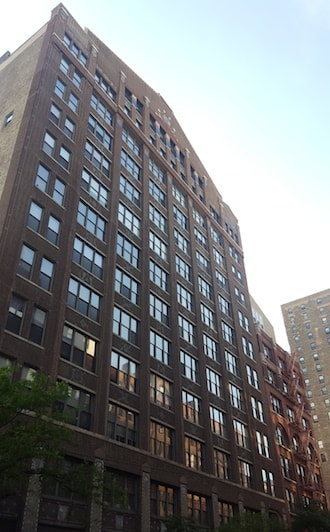
The Franklin Buildings are the beating architectural heart of Printers Row. The new building, already 106 years old, is a gorgeous 14-story structure. Beautiful terra cotta depictions of printing history embellish the ground floor. A slanting roofline, which has huge skylights, crowns the tower. These skylights were perfect for book binding in the past with all that natural light, and now perfect for morning coffee in the lofts inside now.
The old building next door, where the wonderful Sandmeyer Bookstore is located, was built in 1887. The architects grouped the window panels together with cast iron in order to provide as much natural light as possible. You gotta remember, my friends – this neighborhood mostly predates internal lightbulbs.
I find these to be a perfect glimpse of old Chicago. They are robust and powerful architecture leavened with touches of grace and beauty – quintessential Chicago.
Lakeside Press Building

Columbia College students apparently have all the fun here on Printers Row. They get to study fine arts and communications in downtown Chicago and some of them get to live in another fabulous historic Printers Row structure. The Lakeside Press Building, which is now student housing for Columbia, was built as the HQ of RR Donnelly, one of the largest mapmaking companies during their peak. The company still exists, in fact it’s on the Fortune 500, but they moved out of Printers Row ages ago.
My favorite part of this beautiful building’s architecture is the cast iron in the facade. Those segments indicate the floors where the printing presses were once located. The cast iron also lends the building a fascinating and textured facade. Your eye can’t help but leap between the brick, limestone, huge windows, and that cast iron.
Donohue Building and Annex

The Donohue is “the first major printers’ structure in the district” according to the AIA Guide to Chicago. This is where Printers Row was born! The Donohue is an outstanding example of Chicago’s Romanesque architecture. Rounded arches above windows and doors break up the heavy-looking masonry wall. For me, those rounded arches are the dead giveaway of Romanesque architecture. You can also see this feature reflected on the Dearborn Station just down the block.
The Donohue also makes an interesting contrast with the Franklin Buildings directly opposite it on Dearborn. The Franklin Buildings have bunched windows, enabled with cast iron or other, newer methods. By comparison, the Donohue has only one window per opening punched in the wall. It still has tons of windows, but they’re more visually divided.
Also, sadly, the historic M.A. Donohue and Co. sign on the Annex has just been recently blocked. Construction of a new apartment building in the adjacent lot has done away with it. Boo, we say!
Enjoy Printers Row!
We’ve only skimmed the surface of this grand district. Printers Row is one of my favorite neighborhoods to wander. If you make it to the festival this weekend, or any weekend for that matter, make sure to look up and enjoy the architectural details around.
– Alex Bean, Chicago Detours Content Editor and Tour Guide

